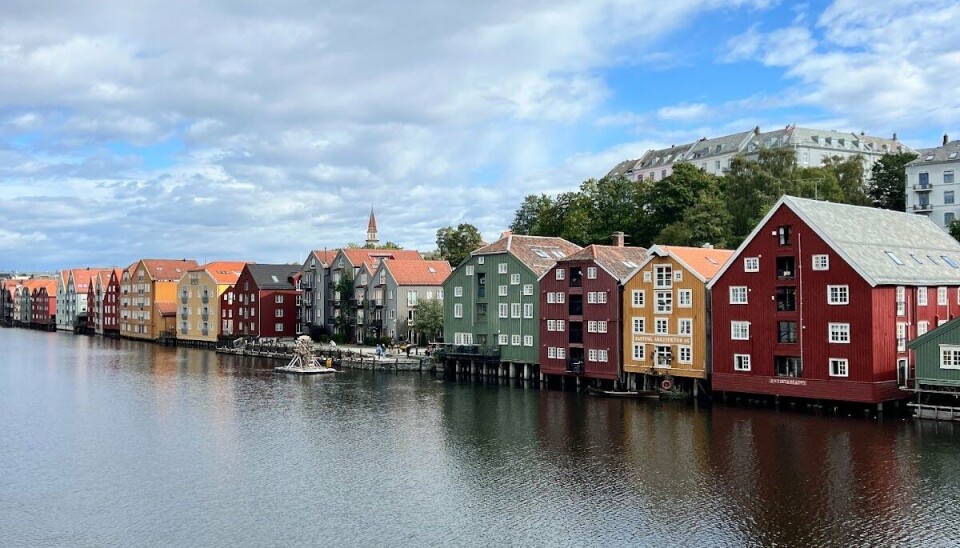
A Norwegian palette:
What’s up with all the colourful houses?
Whether you're painting a house or boredly clicking through article after article, this handy guide will enlighten you on the cultural history of Norwegian house painting.
So if you had to choose a colour for your house, which one would you choose? And why? If you've never thought about it before, we're here to advise you. Read on to find out where the colours of Norwegian houses come from and surprise your friends with useless (or useful) facts.
Red (rød)
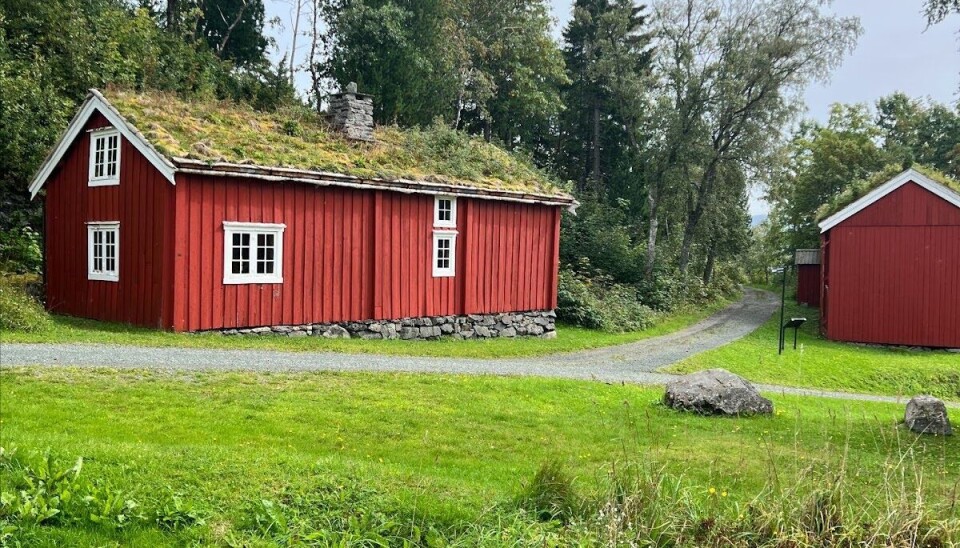
What red means to you depends on your culture. But most of us would probably colour a heart red, making it the colour of love. Red is also associated with warmth, energy and the confidence to follow your dreams. While we might romantically assume that the many red Norwegian houses reflect the warm-heartedness of their owners, the truth is more practical: red was historically the cheapest paint option. Made from pigment, linseed oil, water, wheat and rye flour, the colour proved to be breathable, waterproof and resistant to harsh and changing weather, making it a viable paint for fishermen. The pigment came from copper mining, making it affordable and accessible, particularly in Røros, a town with a 333-year history of copper mining. The durability of the red colour proved ideal for preserving wood, so it is traditionally used for barns, houses and sheds throughout Norway. And yes, the Norwegians may have stolen the idea from Sweden, where Swedish miners in the 16th century discovered that a bright, rust-red pigment could be produced from the by-product of copper mining. Even the Swedish king wanted his castle in Stockholm to be painted in ‘Falu Rödfärg’, the ‘Falu red’ referring to the copper mine in Falun where it was discovered. It seems he wanted to copy the brick buildings of the Dutch, which were very popular with European royalty at the time. Well, in my opinion those look a little different, but we'll make do with it.
White (hvit)
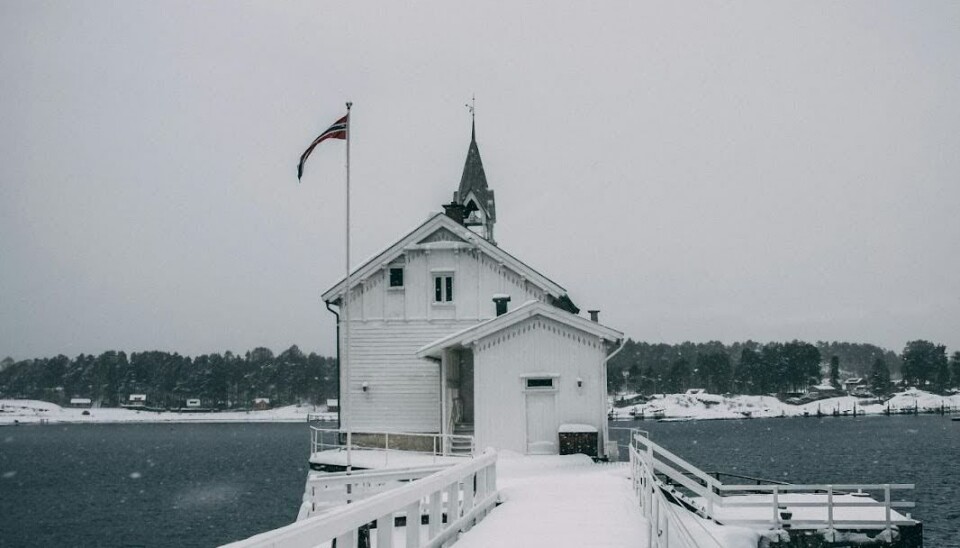
Strictly speaking, white is not really a colour, but rather the absence of other colours, isn't it? As a symbol of light, purity and peace, it is logical that white also stands for mental clarity and a new beginning. In Norway, however, it meant that you were somewhat rich, because white paint was one of the most expensive alternatives. The price of the zinc needed to produce it made it reasonable for some homeowners to paint only the front wall white. The other walls, which were not visible to everyone, were then simply painted red.
While you might be wondering how Norwegians find their white houses in a snowy landscape, the answer could lie in the bright blue or red doors common in the region. Since white glows in the dark, it might have been useful for ships to spot islands from the sea. You may also have noticed a preference for white-coloured garden furniture. Not only that, there is even a research project on the white pigment titanium dioxide, focussing on how white paint has shaped art, architecture and design in Norway. It has widely been used to create bright spaces that reflect natural light, often paired with natural materials like wood. For the travelers among you who are seeking out visual inspiration, this list of towns with an abundance of white houses in Southern Norway might also be of interest.
Blue (blå)
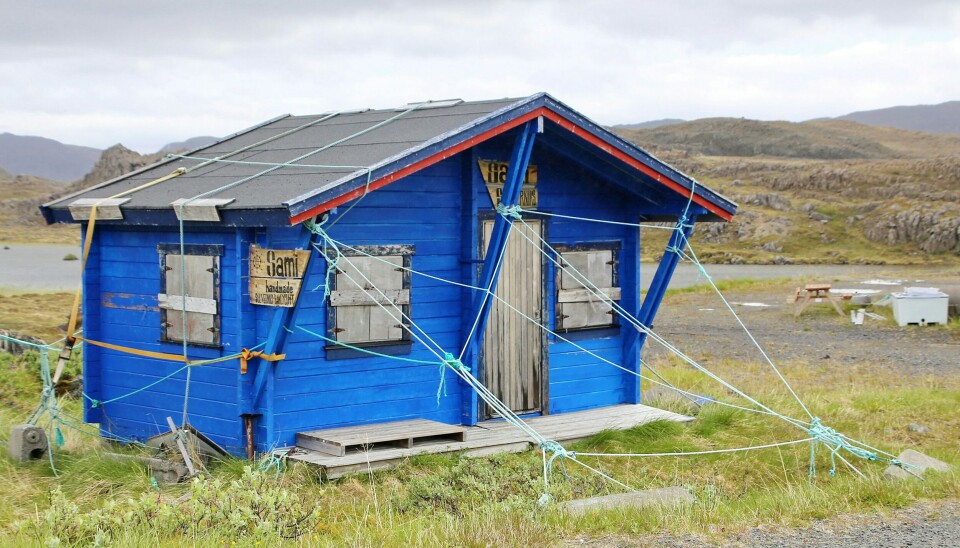
Blue is perhaps the only colour that rarely sparks contradictions across cultures, symbolising stability, inner peace and calm intuition. Use with caution in East Asia though, where the colour is associated with funerals and death. Blue reflects the endless sky and the sea and completes the Norwegian flag. Paired with strong red and clean white, blue adds a sense of calm and depth, echoing the landscapes of Norway.
While the Norwegian flag may stand for honesty, peace, justice, and strength, there’s a twist in its design story. Remove the blue line, and—well, surprise—it looks just like the Danish flag. (But let’s keep that between us.) After 400 years under Danish rule, Norwegians were ready to put their own stamp on things. So in 1821, they added a bold blue cross to symbolise freedom, finally making the flag distinctly, proudly Norwegian. That one small line marked the start of Norway’s own path, a little extra colour that speaks volumes about independence.
Blue might also be known as the colour of winter, which suits Norwegians, as the champions of winter sports—but it’s also a top summer shade. Why? It keeps the heat away, and flies hate it. In Norway, this cooling blue was the secret to getting a little extra freshness in outbuildings and keeping the flies away from the food storages.
Yellow (gul)

Resembling the sun, optimism and energy, yellow also represents the colour of Vitamin D, important for countering the notorious winter depression in Norway. In a country that is often dark and grey, yellow houses can well brighten up the day and maybe even improve vision on a foggy day. Yellow-painted houses were often the homes of craftsmen, wealthy merchants and the petit bourgeoisie, who could afford more expensive colours made from ochre and cod liver oil.
Over time, the descendants of the nobility began to buy yellow houses, especially when red became the predominant colour. The use of these bright colours became a means of standing out from the crowd again. Yellow also weaves its way through traditional Norwegian folk art and design. And if that warm hue reminds you of the world’s priciest spice—saffron—you’re on the right track. Again adopted from Sweden, Saint Lucy’s Day, celebrated on December 13th, brings with it the beloved (and sometimes debated, due to its distinctive taste) Lussekatt: an S-shaped saffron bun. As we move closer to that cosy season of candles and treats, keep an eye out for these buns, and be sure to try one if you haven’t already. Opinions on their charm vary widely…
Green (grønn)
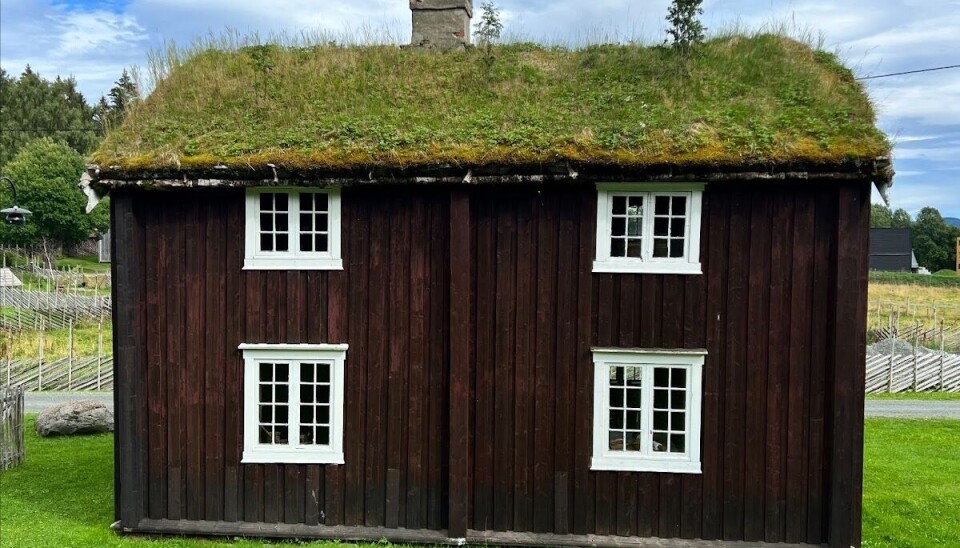
Green: A colour that instantly brings to mind trees, forests, and fields, painting a picture of harmony. Picture a green house nestled on green grass beside a deep green forest, all perfectly in sync with nature. These days, green also buzzes around as a symbol of sustainability, popping up in phrases like “green energy,” “green food,” and “green travel.” And since green is also the colour of hope, maybe our vision of a “greener life” is closer than we think.
Speaking of green houses—no, not greenhouses that grow vegetables, but actual green-tinted wooden houses—there’s one thing even more Norwegian: green roofs. Traditionally, these roofs were layered with wooden planks, bark, and finally topped with grass. Ingeniously, they acted as natural insulation, soaking up rain and keeping the cold out, making them the go-to solution in the 17th and 18th centuries. Imagine if we reintroduced these practical, eco-friendly roofs worldwide. They might just be the ultimate nod to climate-friendly (and cheap) building design.
Bonus: Black (svart)
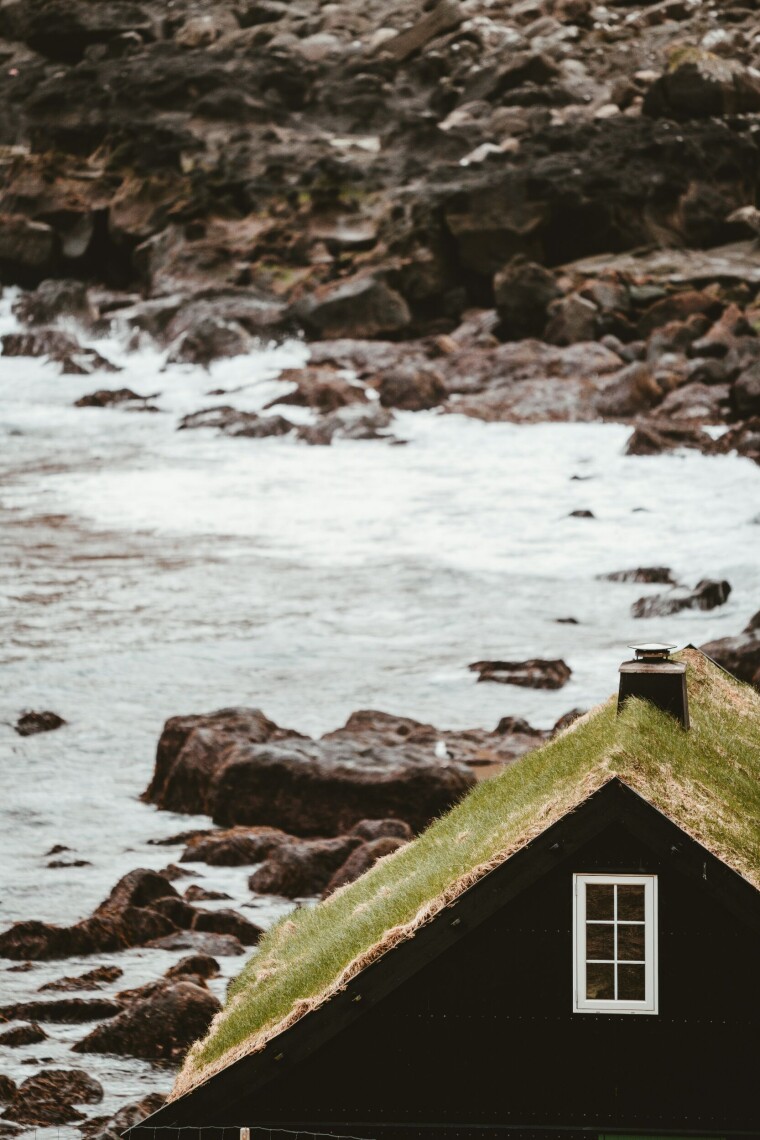
Sadness, death, and grief certainly don’t give black the best reputation. However, those who live in black houses seem to appreciate an elegant and mysterious aura. In contemporary Norwegian architecture, black houses are having their moment, glowing with simplicity and modern design. Whether they blend into the forest or sit gracefully beside the water, these homes command attention. If you type “Scandinavian black” into the Pinterest search bar, you’ll discover not only fabulous black houses but also clean interior designs and timeless Scandinavian fashion in muted colours.
One undeniable advantage of a dark colour is its ability to retain heat. In a cool country like Norway, it makes perfect sense to soak up the warmth of the sun and store it for as long as possible. But maybe, just like the beige era of the millennial generation, the black trend is just a phase. Despite the timeless fashion, there are perhaps still enough people who value a colourful life.
And there you have it—a colourful journey through Norway's iconic house colours. Whether you paint your house in classic red, bright yellow or elegant black (it's not a phase, Dad!), each colour tells a story of tradition, practicality and a touch of personality. So the next time you see a Norwegian home, you may spot more than just paint; you’ll see a piece of history and culture. But no matter what colour your house is, remember the bright colours of the Norwegian flag. Because on May 17 at the latest, the flag must be raised to celebrate the Norwegian constitution.
































